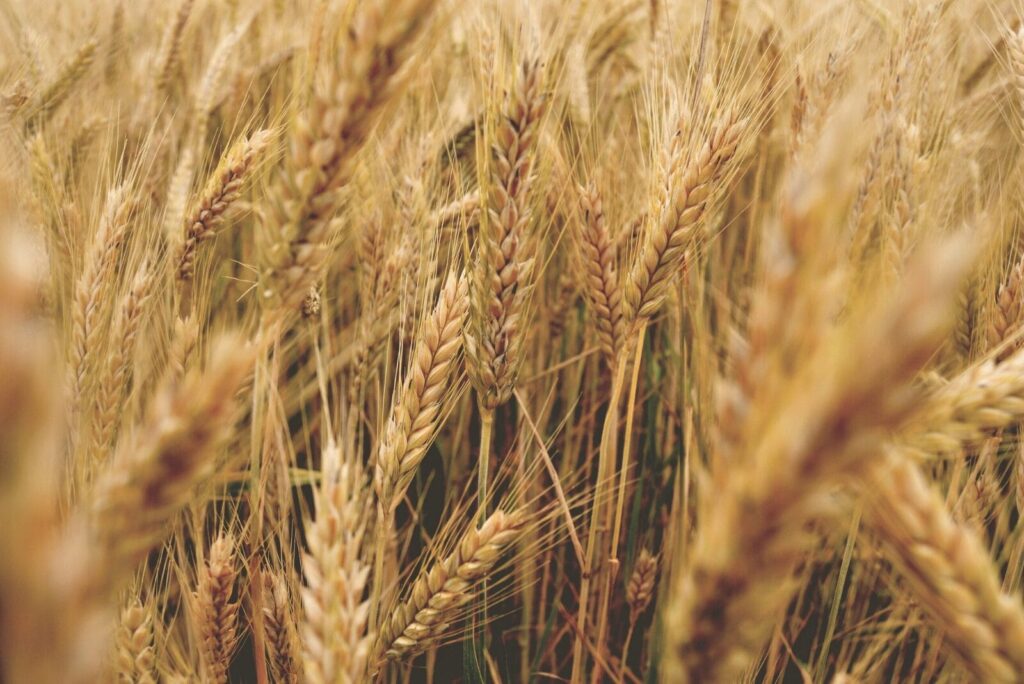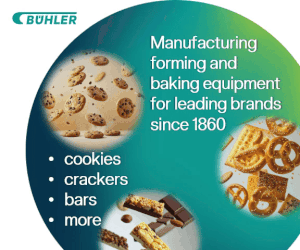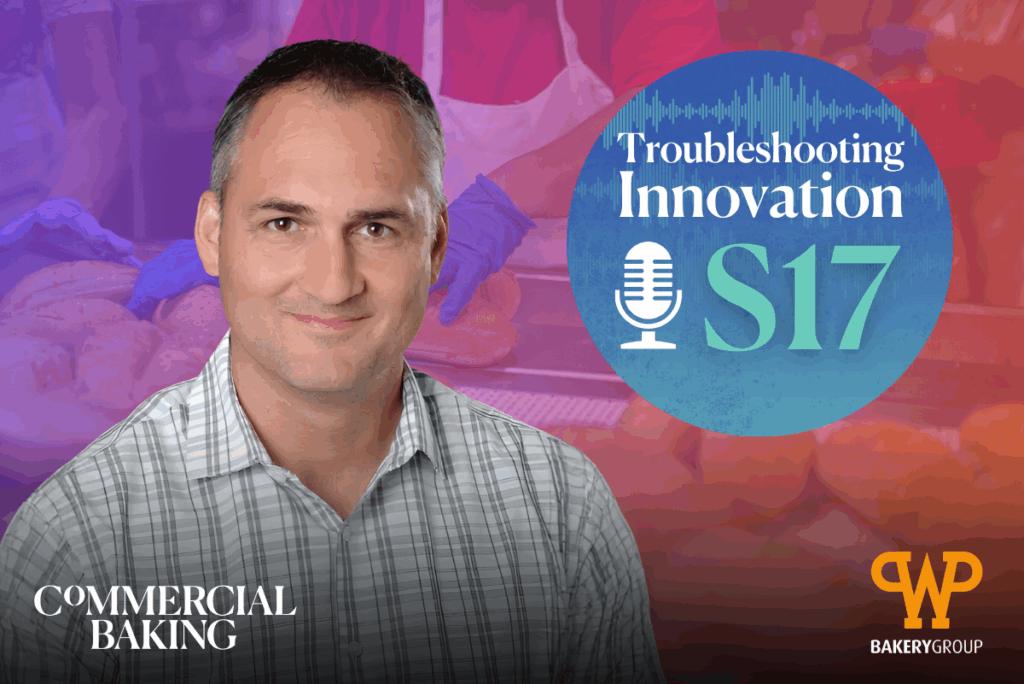WASHINGTON DC — Three little words: genetically modified organism (GMO). They’ve sparked huge debate — some fact-based, some not so much — among label-reading consumers.
Genetic modification involves incorporating genetics from one living organism into another to create a new variety or strain. While it has greatly benefited industries like farming and food technology, it has also caused great trepidation among consumers.
During policy update sessions at the June 11-13 Bakers Fly-In and Policy Summit, hosted by the American Bakers Association, American Society of Baking and Retail Bakers of America, Bill Lapp, founder and president of Advanced Economic Solutions, shared important information around the differences between GMOs and gene editing, and what it could mean for the future of grain-based foods.








